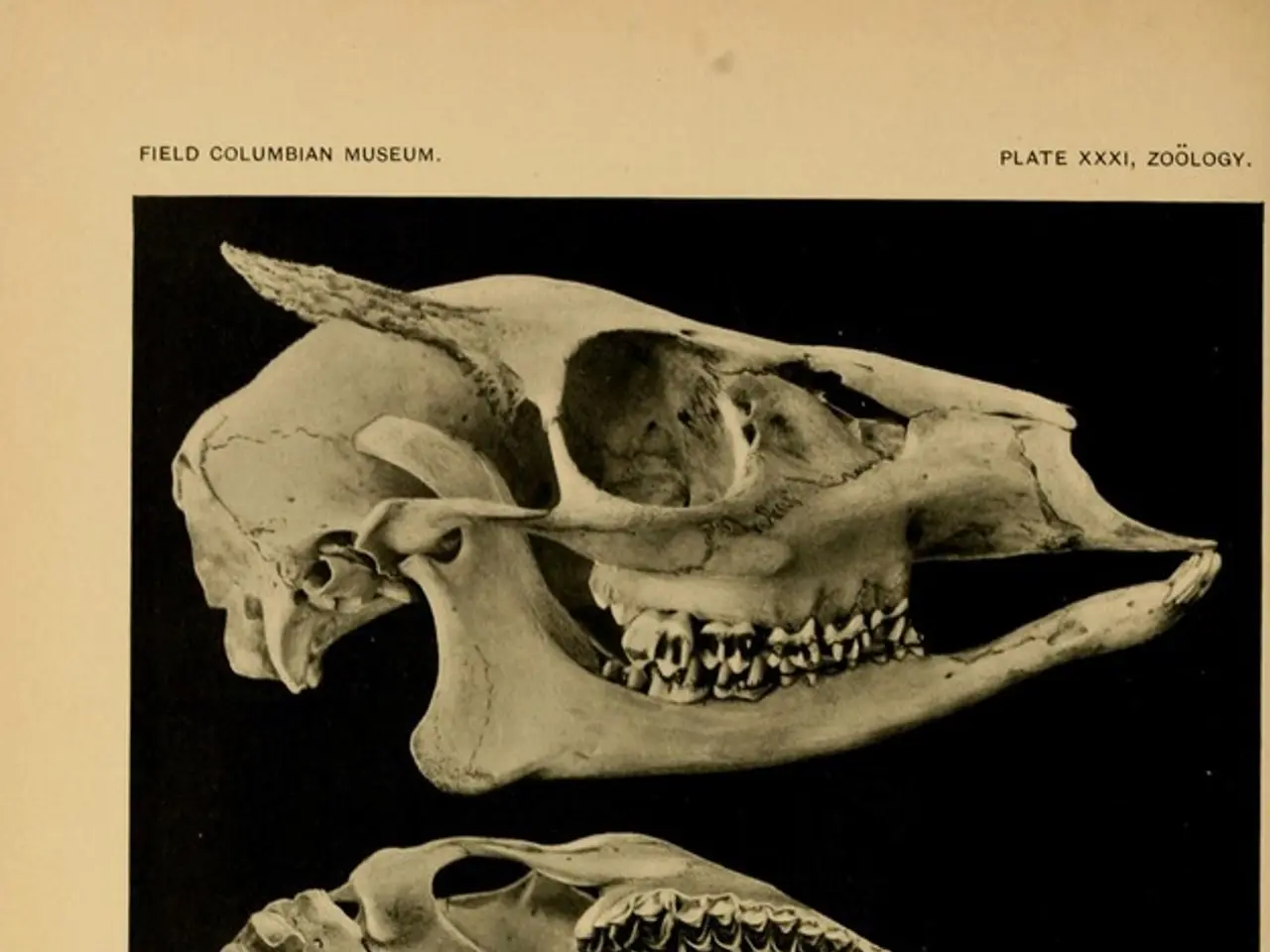Brain tumors potentially causing headaches: essential facts to understand
In the realm of common health complaints, headaches rank high among the most prevalent. However, understanding the distinct characteristics of headaches caused by brain tumors, migraines, and tension-type headaches can help individuals identify potential underlying issues and seek appropriate medical attention.
Headaches caused by brain tumors are often persistent and worsening over time, particularly in the morning. These headaches can be accompanied by other neurological symptoms such as nausea or vomiting, vision changes, changes in behaviour or memory, seizures, and more [1][3]. It is essential to note that brain tumor headaches can also present with unexplained vision, hearing, or speech problems, weakness or numbness in one side of the body, changes in personality or behaviour, seizures, or changes in energy levels [6].
On the other hand, migraines involve intense, throbbing pain, often unilateral (on one side of the head), and are associated with nausea, vomiting, sensitivity to light and sound, and, in about 15–30% of cases, an aura (visual disturbances) [4][5]. Migraines can be episodic and tend to have a predictable pattern of onset and duration, often lasting from 4 to 72 hours [7].
Tension-type headaches are the most common type of primary headache and are typically described as a dull ache or tight band around the forehead. They are often associated with tenderness in the scalp, neck, and shoulder muscles, and do not usually include significant sensitivity to light or sound or nausea or vomiting [2].
Cluster headaches, a separate category of severe, recurring headaches, cause a burning or stabbing pain around one eye. Cluster headaches occur in daily clusters that can last anywhere from a few days to more than a year, and are often accompanied by other symptoms such as redness or watering of the eye, a drooping or swollen eyelid, a runny or congested nose, sweating, flushing, restlessness, sensitivity to light or sound, and sensory changes [8].
In all cases, it is crucial for individuals experiencing frequent or severe headaches that affect their daily lives or notice changes in the pattern or intensity of their headaches to seek the advice of a healthcare professional. Early diagnosis and treatment can significantly improve outcomes for various conditions, including brain tumors and migraines.
References: [1] Mayo Clinic. (2021). Brain Tumors. https://www.mayoclinic.org/diseases-conditions/brain-tumor/symptoms-causes/syc-20350759 [2] National Headache Foundation. (2021). Tension-Type Headache. https://www.headaches.org/2021/03/01/tension-type-headache/ [3] NHS. (2021). Brain Tumours. https://www.nhs.uk/conditions/brain-tumour/symptoms/ [4] National Institute of Neurological Disorders and Stroke. (2021). Migraine Fact Sheet. https://www.ninds.nih.gov/Disorders/Patient-Caregiver-Education/Fact-Sheets/Migraine-Fact-Sheet [5] Mayo Clinic. (2021). Migraine. https://www.mayoclinic.org/diseases-conditions/migraine-headache/symptoms-causes/syc-20361319 [6] Mayo Clinic. (2021). Brain Tumors. https://www.mayoclinic.org/diseases-conditions/brain-tumor/symptoms-causes/syc-20350759 [7] Mayo Clinic. (2021). Migraine. https://www.mayoclinic.org/diseases-conditions/migraine-headache/symptoms-causes/syc-20361319 [8] National Headache Foundation. (2021). Cluster Headache. https://www.headaches.org/2021/03/01/cluster-headache/
- A person with brain tumors may experience worsening morning headaches, accompanied by neurological symptoms like nausea, vision changes, changes in behavior, seizures, or unexplained vision, hearing, or speech problems [1][3].
- Migraines are associated with intense, throbbing pain, often on one side of the head, nausea, vomiting, sensitivity to light and sound, and visual disturbances in about 15–30% of cases [4][5].
- Tension-type headaches, the most common type, are characterized by a dull ache or tight band around the forehead and are often associated with tenderness in the scalp, neck, and shoulder muscles [2].
- Cluster headaches, a separate category, cause burning or stabbing pain around one eye and can be accompanied by other symptoms such as redness or watering of the eye, a drooping or swollen eyelid, a runny or congested nose, and changes in sensitivity to light or sound [8].
- For medical-conditions like brain tumors, migraines, and tension-type headaches, it's crucial to seek the advice of a healthcare professional if the headaches are frequent, severe, or affect daily life [6].
- Science and medical research can help in the predictive diagnosis and treatment of various health-and-wellness conditions, such as brain tumors and migraines [4][5].
- Asthma, atopic dermatitis, psoriasis, and Crohn's disease are other medical-conditions that individuals may encounter and should be aware of [2][3].
- Brain and CNS cancer, a severe health-and-wellness concern, can manifest as persistent headaches, seizures, or other neurological symptoms, necessitating immediate medical attention [1][6].




